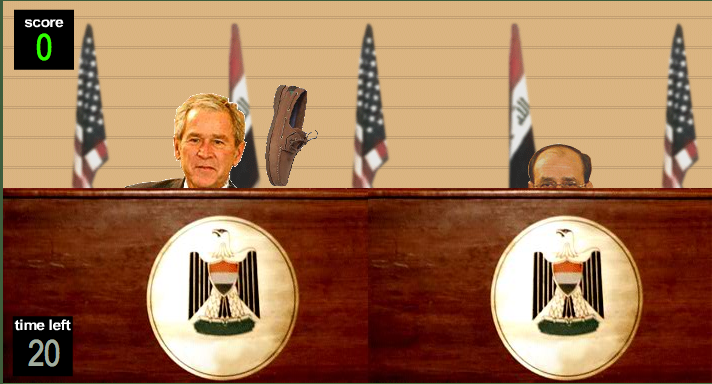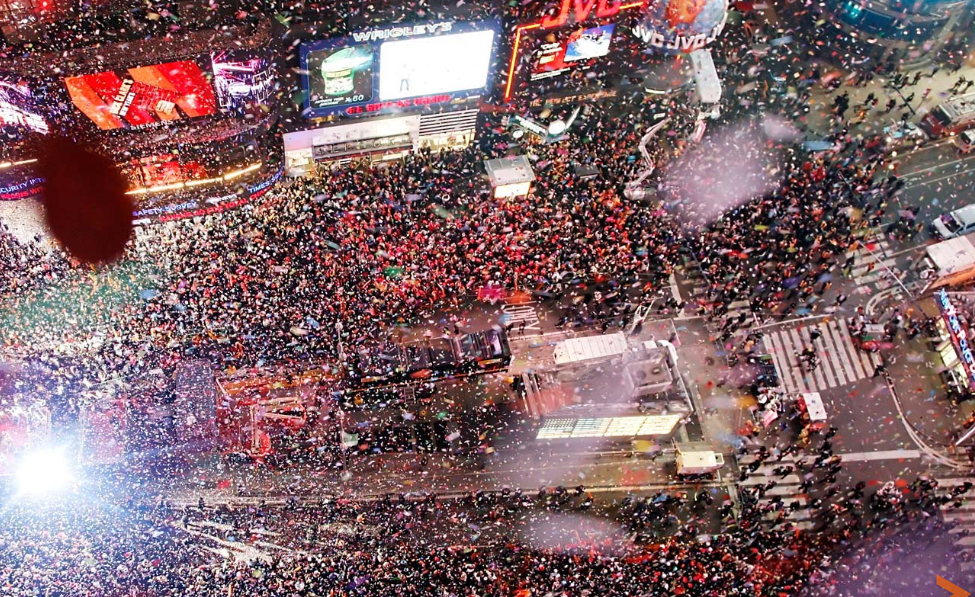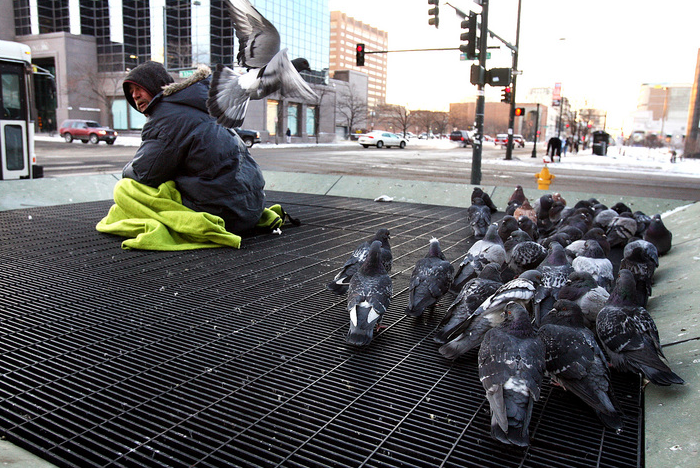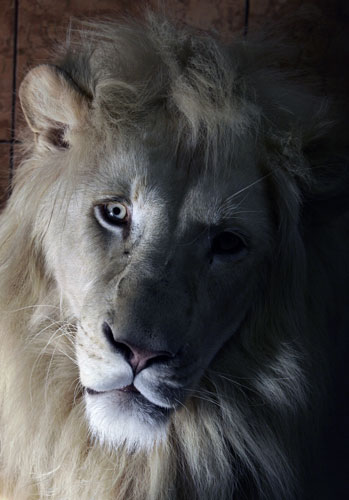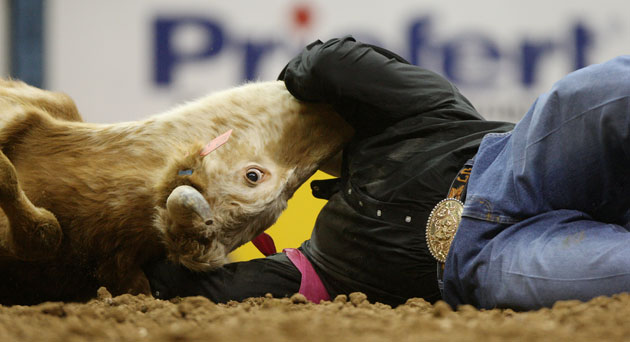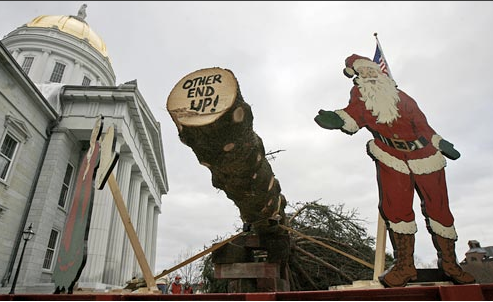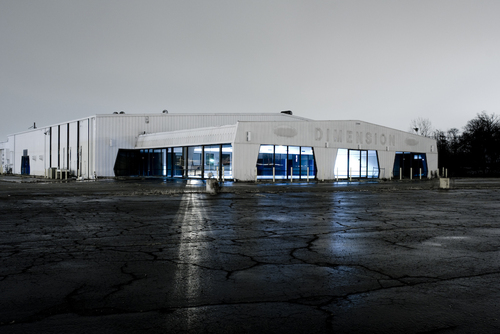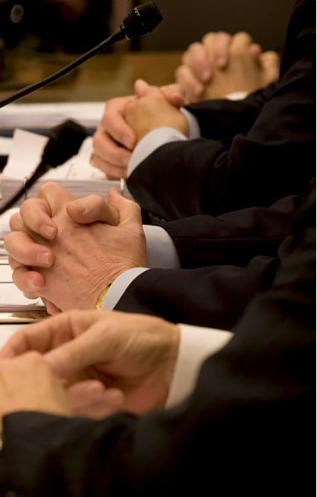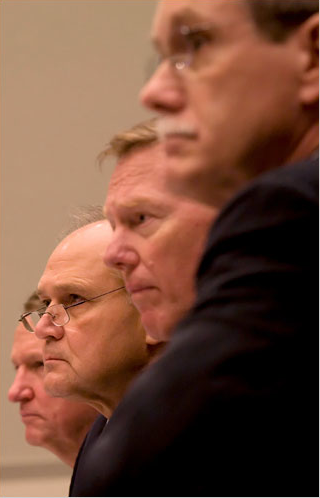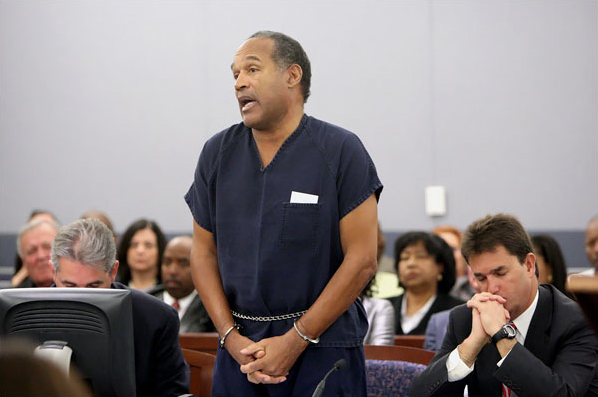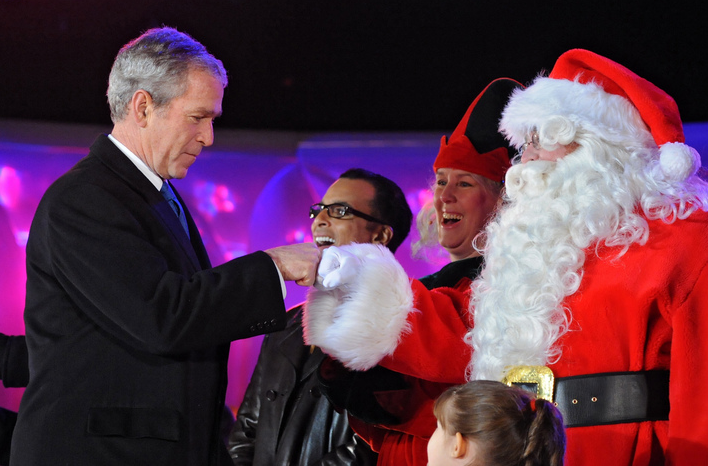Photojournalism is vexed by the problem of how to portray degradation and death without harming the dignity of those being photographed. The medium’s capacity for evoking emotional response and moral judgment cannot be separated from its ability to add insult to injury. With that problem in mind, one can appreciate why this photograph is not only striking but also an ethical achievement.
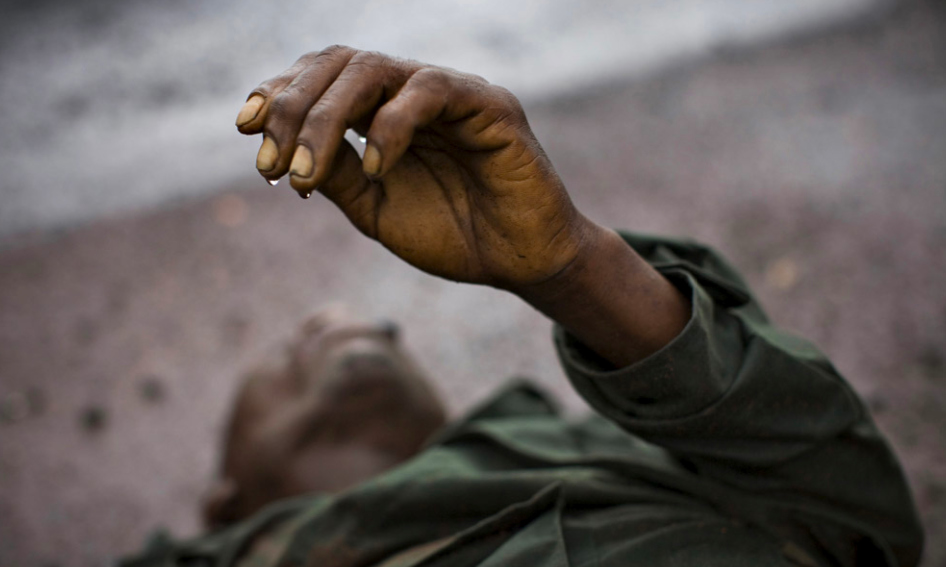
A Congolese government soldier lies dead in the road not long after having been shot in the head. He is one of many who have died or will die in the continuing violence in central Africa. It is easy to immediately think of him as a statistic. Another distant victim in yet another civil war, one about which the viewer probably has no interest, no knowledge, no connection. A war that becomes merely another example of the seemingly endless violence spreading through the jungles and across the deserts and up into the mountains around the globe as poor people are recruited to maim and kill one another for the benefit of unseen warlords.
Thus, it can be easy to dismiss him, except for that hand. There is something achingly beautiful about it. It seems so alive, or if we know otherwise, so etched with life. It is a particular hand, not the abstract symbol of labor, but the hand of an individual whose lifetime of experiences, however common, were encountered with all the particularity evident in each crease of skin, the line of each cuticle, the smudge of dirt. More than that, the image evokes all the skill of a hand, its capability for craft and communication. Caught in a last gesture, this hand seems to still want to communicate, to reach out or up, to plead, perhaps, or to touch and say goodbye.
We know that he is dead, however, and so the raindrops on the fingers become poignant. They course down his limb, set in rigor mortis, as they do on any other inanimate thing, and yet they still seem to signify life. As if he were still capable of bleeding, or of washing, as if he could perhaps be revived with cool water. But the point is not to keep hope alive. Rather, the hand offers mute testimony to the value of the life that has been lost. It presents him as an individual person but not merely because he had a name or a personality. And it records his death with dignity, suggesting how much has been lost without showing the devastation of the head wound.
Photojournalism can not be satisfied with avoiding habits of dehumanization, however, as it also has to confront and expose those practices in their worst forms, which are not done by shooting with a camera. This second photograph was in a number of slide shows recently, perhaps because it captures so well the gross destructiveness of war.
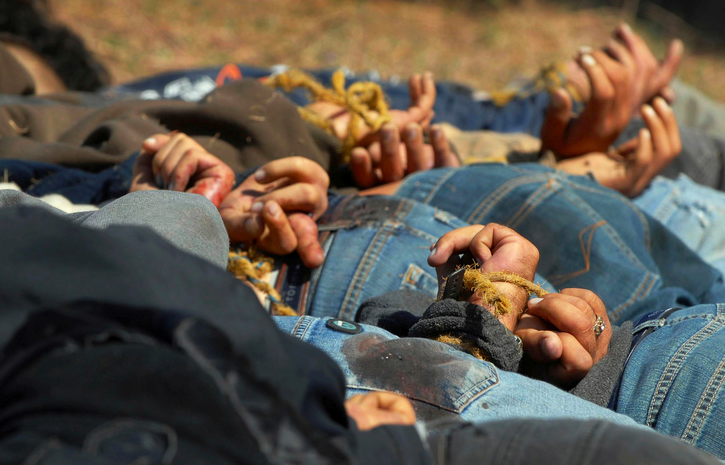
These are the hands of men executed near San Ignacio, Mexico. They are among the latest casualties in the border wars between Mexican drug cartels. (For a current report on the violence, see “Day of the Dead” in The Observer/The Guardian.) The photo documents the practice of tying up the victims, which in turn implies that this was a planned execution characteristic of high level gang warfare. It also captures the fact of murder without revealing the identities of the victims or the full violence done to their bodies.
These hands in this image accomplish something different from the work done in the first photograph. Where before dignity was salvaged from chronic violence, now the shameful nature of mass killing is exposed. These men were left this way to demean them, while the photograph exposes where the shame really lies–with those who kill, and with those could try to stop the killing but look the other way.
Equally important, now the implicit metonymy of hands signifying labor is rightfully in play. These men could have been productive laborers (and managers) had the work been available. Whatever bad choices they might have made, the narco-economy and its attendant carnage involves a terrible waste of human potential. The drug trade, like the arms trade, is a global business, and globalization can spread destructiveness just as easily as it can generate wealth. If hands could speak, these would beg to be given a second chance, one with real work that could lead to a better life.
The hands do speak. The question is, who is listening?
Photographs by Finbarr O’Reilly/Reuters (via The Big Picture) and the Associated Press.
Update: Thanks to Michael Shaw for the double post at BAGnewsNotes, where you can read additional comments by readers there.
9 Comments

